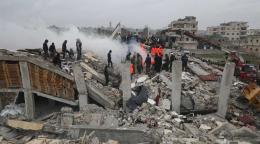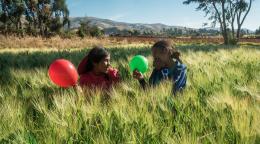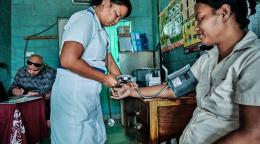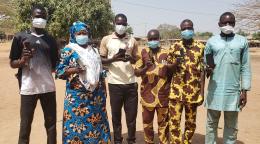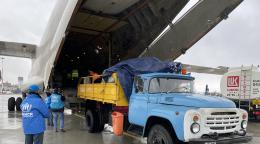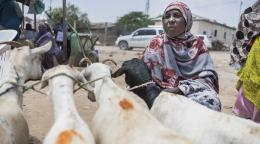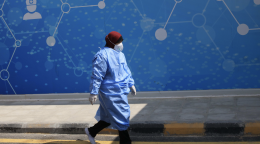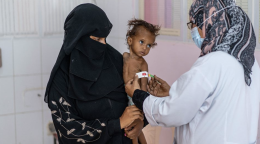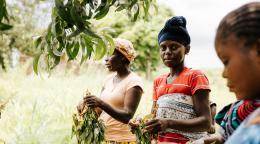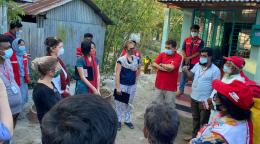Let’s get it right this time: Preparing for stronger food systems in the wake of COVID-19
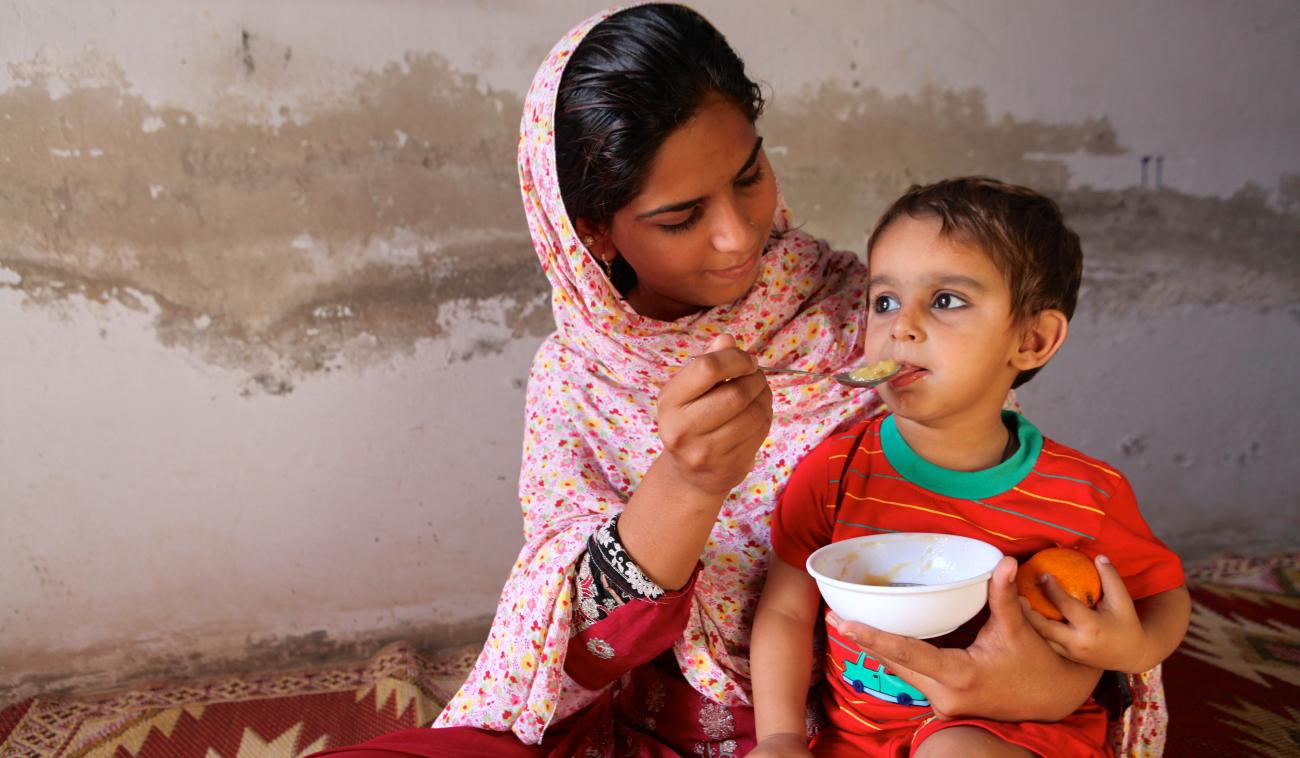
1.9 billion people in Asia and the Pacific cannot afford a healthy diet.
I’m struck by the painful irony of that statistic. The humanity of it.
Asia and the Pacific is a dynamic and prosperous region. How is it possible that nearly two billion people experience such food insecurity?
This figure is just one of the findings of the latest annual report on the State of Food Security and Nutrition, released this year on 20 January. The report is co-published every year by the Food and Agriculture Organization (FAO), along with UNICEF, the World Food Programme (WFP), and the World Health Organization (WHO).
Asian and Pacific countries have been consistently the fastest-growing economies over the last two decades. Many of them have become agricultural and industrial powerhouses, pulled millions of people out of poverty and transitioned to lower-middle, middle and, in some cases, even to higher-income status. My home country, the Republic of Korea, is an example of one of the earliest “Asian Tigers” that set this trend.
Yet, since 2015, which marked the beginning of the Sustainable Development Goals (SDGs), the incidence of malnourishment in the region has remained stubbornly high.
Just over half of the world’s 690 million malnourished people — or 350.6 million people — are in Asia and the Pacific. An estimated 74.5 million children under five years of age in the region are stunted and 31.5 million are wasted. Meanwhile, counterintuitively, childhood obesity is gradually rising.
While we’ve been fighting all of these trends, we now face a new battle to overcome the impact of the COVID-19 pandemic and the health and livelihoods it has taken away and continues to threaten. The pandemic could have already resulted in an additional 140 million people being forced into extreme poverty and a doubling of the number of people facing acute food insecurity to 265 million worldwide.
We are off track in the fight against hunger. Not only that, we are close to losing gains made so far on our way to the SDGs, particularly SDGs 1 (poverty), 2 (hunger) and 10 (inequalities), unless we take drastic redemptive actions.
Complex business
There is enough food to feed everyone on Earth. And indeed, there is enough food in Asia and the Pacific to feed everyone in that region.
The problem arises in how that food is made available to people. Food must be grown, harvested, packaged, shipped, stored, distributed and sold. Much of this has to happen on deadline before the food goes bad. All the infrastructure and work that makes this possible is called the “food system.”
The burdens of malnutrition in the region are the result of our inability to direct our food systems to provide sufficient nutrients to people, especially to mothers and children.
Instead, these food systems are often providing “cheap calories,” foods that are inexpensive but not nutritious. Making the situation worse is the rapid urbanization of the region and the growth in consumption of processed and convenience foods — ironically, fueled by the prosperity in the region. It becomes necessary, therefore, for healthy diets to be seen as a priority both on the supply (production) side and on the demand (consumption) side.
The report’s finding that healthy diets are unaffordable to most in Asia and the Pacific is further jarring given that the largest global producers of some key commodities — rice, pulses, oilseeds, millets, sugar, milk, fruits and vegetables, fish, eggs — are all from this region. Yet the majority of people in Asia and the Pacific are unable to afford these nutritious foods.
A transformation of food systems
A sustainable and nutrition-sensitive food system is essential to produce diverse and nutritious foods for healthy diets. While full-fledged transformation will take time and investment, some of the solutions are simple and can be easily implemented by countries.
- Improved efficiencies such as reducing food losses and waste, particularly of perishables, can reduce the costs of essential foods and make them more affordable.
- Improving food safety in fresh and street food markets can boost access to hygienic and healthy diets. The private sector can be regulated or recruited to reduce fat, salt and sugar in foods, especially those sold to young consumers to curb obesity and overweight.
COVID-19 has shocked and wounded the food system. We have the opportunity to build back healthier even as we support those who have borne the brunt. But as we do so, let’s be sure to get it right this time.
